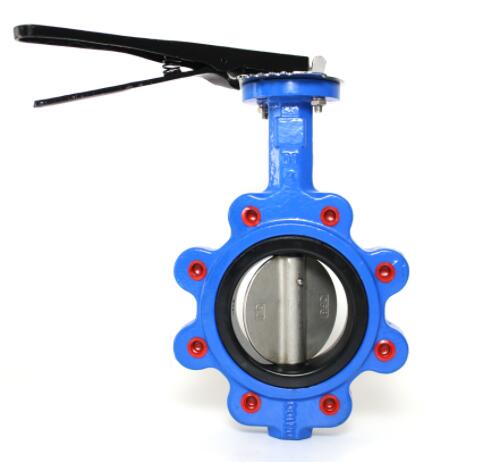Dec. 04, 2021
Choosing the wrong type of valve can be detrimental to your operation. There are several different types of butterfly valves on the market, including high performance, resilient seat, and triple eccentric.
When looking at butterfly valves, the difference between high performance, resilient seat, and triple eccentric butterfly valves has to do with valve offset.
This popular valve is also known as a high performance butterfly valve or double offset butterfly valve. The valve has two off-centered stems. This creates a cam action during the application.
◮1 ST Offset: The axis of the shaft is behind the centerline of the sealing point of the disc seat.
◮2 Second Offset: The axis of said shaft is eccentric to the center of the valve/tube line.
High performance butterfly valves are typically used in: power generation, pulp and paper, HVAC, chemical, oil and gas, water and wastewater treatment, shipbuilding
High performance butterfly valves are available for higher pressures than zero offset styles. Double offset in carbon steel, stainless steel, Hastelloy, and other body materials to ANSI Class 600 ratings, with a variety of Teflon seats and fire-rated designs with metal support seats.

Also known as the concentric design, this is common in general purpose "resilient seat" or "rubber seat" butterfly valves. The stem and flap are centered in the seat, and all of these are centered in the body. The disc is always in contact with the seat.
An advantage of this type of valve is that the media passing through the valve does not contact the valve body because the seat is constructed as a sleeve or cartridge inside the valve body.
Zero offset butterfly valves are used for basic and specialty liquid and gas applications up to 200 PSI and 400 degrees Fahrenheit. Zero offset butterfly valves can handle chemicals, coatings, food, certain solids, and abrasive applications.
Zero offset butterfly valves are available in epoxy coated cast iron and stainless steel and feature a variety of seat materials such as Nitrile, EPDM, VITON, Teflon, natural rubber, and more.
Triple eccentric butterfly valves have three eccentricities. Two are placed in a similar position to the double offset butterfly valve, while the third offset is the geometry of the seat surface, forming a kind of conical shape of the disc and seat. This tapered angle, along with the two eccentric shaft offsets, allows the valve flap to seal frictionlessly on the seat.
This seat design also allows for a uniform seal, resulting in a tight shutoff in a metal-seated design. This design is lower cost and lower torque (easier to automate) than other types of metal-seated valves.
Triple offset is typically used in applications similar to gate valves where a metal seat is required and tight shutoff and/or quarter-turn actuation is desired. Applications such as high pressure steam (over 150 PSI), superheated steam, high temperature gases and oil, high temperature applications are well suited for this type of valve where a metal seat is required on a soft seat.
For metal-seated butterfly valves, both sealing surfaces of the valve are metal materials or other hard materials that do not seal well, but have good mechanical properties, such as high temperature resistance and resistance to wear. While one sealing surface of resilient seat butterfly valve is metal material, and the other sealing surface is non-metallic resilient material. The resilient seat has good sealing performance, but has poor mechanical properties, such as not high temperature resistance and easy wear.
Resilient seal butterfly valve has good sealing performance and can reach zero leakage, but has poor thermal adaptability and short service life. Hard seal butterfly valve has bad sealing performance and can't reach zero leakage, although some manufacturers claim that their products can do it. Metal sealed butterfly valves can be used for some corrosive media, while resilient sealed butterfly valves cannot. The two different seats can complement each other under different working conditions.
Generally speaking, the two different butterfly valves with different seats have the following differences.
1. Different structure
The resilient seat butterfly valve is of midline design, while the metal seat butterfly valve is of single eccentric, double eccentric or triple eccentric design.
2. Different sealing performance
Resilient seat butterfly valve and metal seat butterfly valve have better sealing performance. The latter can seal well under high pressure and high temperature.
3. Different pressure
Resilient-seated butterfly valves are used for low pressure and atmospheric pressure, while metal-seated butterfly valves can also be used for medium and high pressure.
4. Different suitable temperature
The resilient seat butterfly valve is used for normal temperature, and metal seat butterfly valve is used for low temperature, normal temperature and high temperature.
If you have any questions or concerns about butterfly valves, please contact KXC group to determine the correct valve for your application.
Previous: Classification of check valves